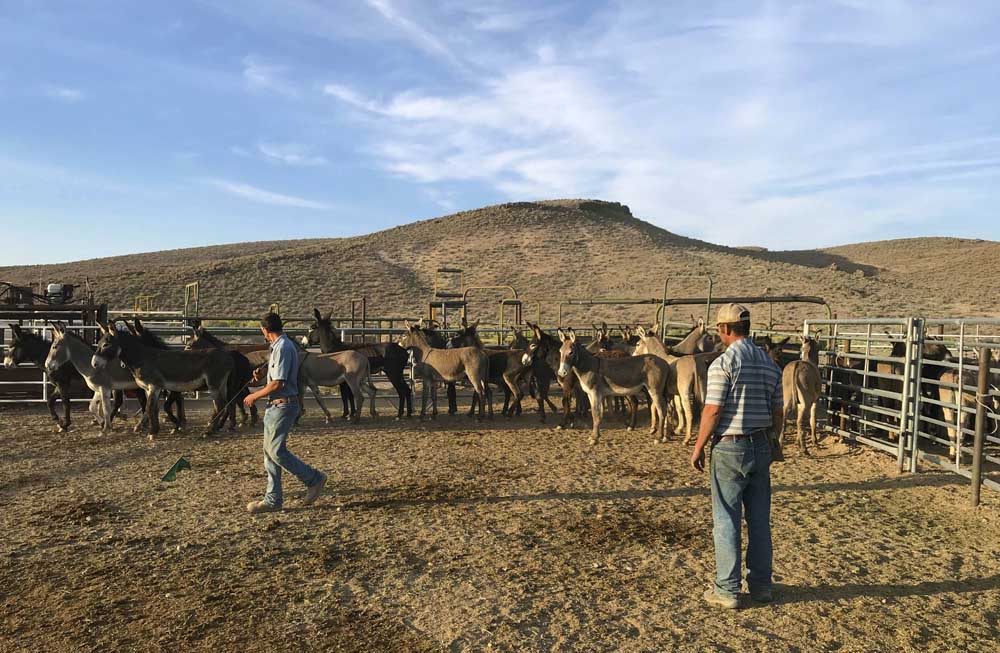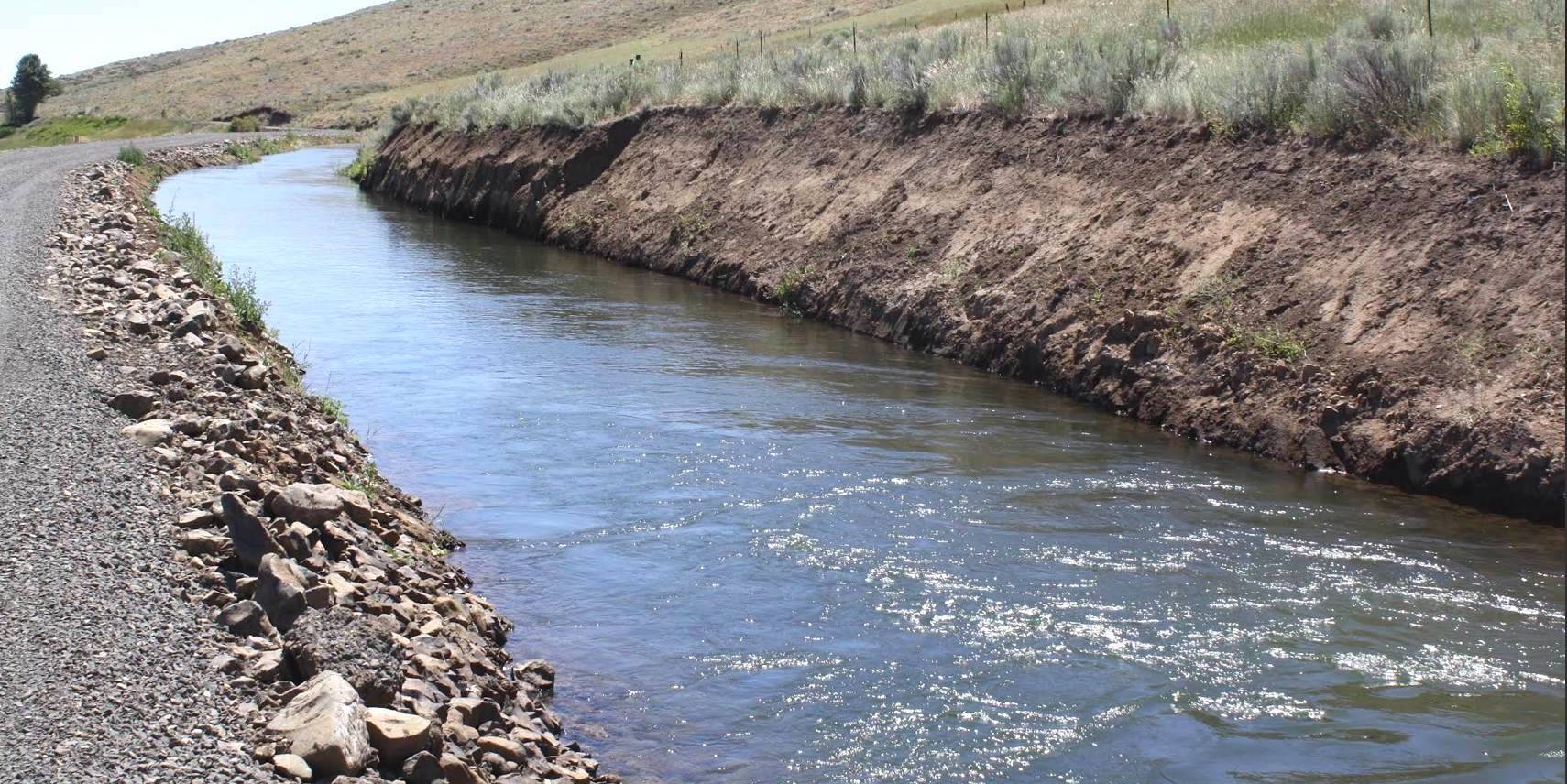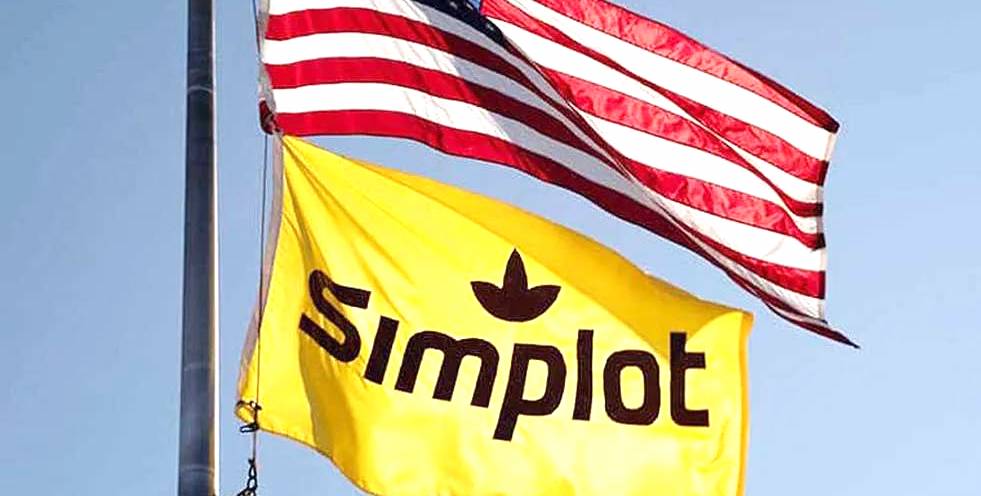Some Beatty residents say burro herd is causing problems
Published 4:57 am Monday, August 6, 2018

- In this July 21 photo provided by the Bureau of Land Management, burros rounded up by the BLM stand in a pen near Beatty, Nev. Some residents of the southern Nevada town that long has embraced a local herd of burros want the federal government to do more to control the population of wild donkeys they say are jumping fences and eating backyard vegetation.
BEATTY, Nev. (AP) — Some residents of a southern Nevada town that has long embraced a local herd of burros want the federal government to do more to control the wild donkey population.
Trending
Residents of Beatty are complaining that the burros are causing disruptions by knocking down fences, trampling sensitive habitat and damaging property, the Las Vegas Review-Journal reported .
The town has celebrated the animals as symbols of the community’s roots, growing from the early 20th-century mining camp. But residents now have mixed feelings.
“They are an element of local color and history, somewhat entertaining and fun to show to visitors,” resident Richard Stephens said. “They are also a nuisance.”
Trending
During a two-week operation last month, the U.S. Bureau of Land Management removed 404 burros from around the Nye County town, which is about 120 miles northwest of Las Vegas.
The bureau’s effort doesn’t seem to have made much of a difference, resident Laura Cunningham said. She watched the last roundup, noting it was conducted in a humane fashion but wishing more burros were taken.
“Don’t get me wrong — I actually like the burros, but they’re getting kind of overpopulated,” Cunningham said. “They’re definitely impacting the range out here.”
The bureau had planned to take only 300 animals, but it was granted permission to collect 100 more because the roundup was going smoothly, Bureau spokesman Kyle Hendrix said. The Bullfrog Herd Management Area still has about three times as many burros as it should, he said.
An estimated 268 burros remain in the area. The area, which covers 245 square miles surrounding Beatty, can support no more than 91, according to the bureau.
“They have no natural predators, and they reproduce at a rate of about 20 percent a year,” Hendrix said.
The burros collected last month will be eventually offered for adoption. The animals were taken to a wild horse and burro facility in Axtell, Utah.







